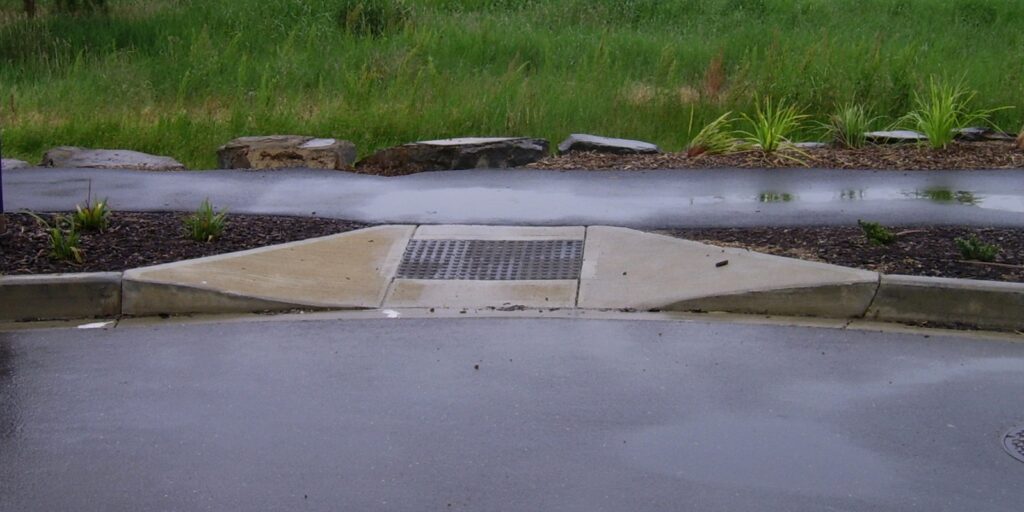
What is access?
In order for your course to be effective, it must be accessible to your students. In a physical space, the classic example of accessible or universal design would be sidewalk curb cuts, which are intended to make sidewalks accessible for people in wheelchairs, but which unintentionally make life easier for all of us when we pull a wheeled suitcase or push a stroller. Similarly, in a digital space, providing closed captioning on videos or providing transcripts for podcasts makes that content accessible for people with hearing impairment, but it also makes the content easier to access for those of us who work in open offices, or have thin walls, or just prefer reading to listening.
The OER movement aims to make educational resources more accessible to all students by removing significant financial barriers to success. But as we create new digital resources, we must make sure that we don’t introduce or replicate other barriers to access. This means designing for people who experience digital spaces in a variety of ways, including people with physical and cognitive disabilities.
But it also means considerations beyond ability and disability. Privacy concerns, for example, might discourage students from participating in public blogs; students from marginalized or vulnerable populations might be particularly vulnerable to harassment and bias online as well. Part of making a digital extension of your classroom accessible is making sure that it is safe for all your students.
Pre-reading
Before our seminar, please read:
- Meg Miller and Ilaria Parogni, “The Hidden Image Descriptions Making the Internet Accessible“
- George H. Williams, “Disability, Universal Design, and the Digital Humanities“
And familiarize yourself with best practices for accessibility:
- Amy Wolfe, “Accessibility Toolkit for Open Educational Resources“
Assignment
Download or make a copy of the OER course schedule template and begin filling it in. Bring your work in progress to our next seminar.


